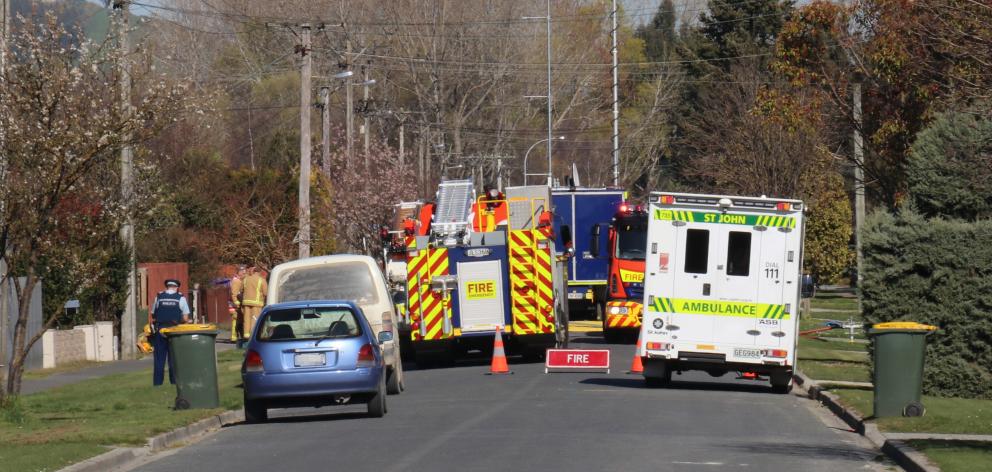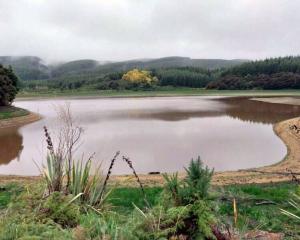
A police spokeswoman said emergency services were called to Chaucer St, between the intersections with Abercrombie and Shakespeare Sts, just after 9.30am after reports from Clutha District Council a 25 litre drum containing chemicals was leaking.
A Fenz spokesman said all residents had been allowed to return to their properties after firefighters removed the chemical using detergent.
All fire appliances had left the scene.
Earlier in the day there was a 300m exclusion zone and houses were evacuated at 11am.
Pupils at St Mary's school, which was earlier placed in lockdown, were now allowed outside.
Clutha District Council earlier said in a Facebook post that police had evacuated houses in the vicinity and the council had opened the Toko Rugby Club at the AMP showgrounds in Milton for affected residents.
"Everyone is asked stay away from the Chaucer Street area of Milton to allow emergency services to deal with the situation."
said as of about 12pm there were fire appliances, a command unit and a hazardous material unit on site.
“The nearby school is in lockdown”
“Police have evacuated residents down-wind to the rugby club and we [Fenz] are decontaminating the site with detergent”
A Fenz spokesman said the drum contained the chemical chloropicrin.
The spokesman was not sure what risk the chemical posed, but residents in the immediate vicinity were being told by police to stay inside.
Three appliances from Balclutha and Milton were on the scene and two appliances, a command unit and a hazmat unit were called from Dunedin.
According to the United States' Centre for Disease Control Chloropicrin, which is used as a broad-spectrum antimicrobial, fungicide, herbicide, insecticide could be severely irritating to the lungs, eyes, and skin in high concentrations.
A reporter at the scene said police, fire and ambulance staff were at the scene and a cordon was in place at the northern end of Chaucer St.
People were watching events unfolding from their properties, but winds in the area were light, he said.
An ambulance left the scene at 11.30am, but according to Fenz no-one was injured by the chemical spill.
What is chloropicrin?
Structural formula: CCl3 NO2 .
Discovered: 1848 by Scottish chemist John Stenhouse.
Appearance: Colourless to faintly yellow-orange liquid.
Use: Soil fumigation (broadspectrum herbicide, insecticide, fungicide and antimicrobial), chemical warfare (with properties similar to tear gas).
Absorption: Inhalation, ingestion, skin contact.
Effects: In high concentrations skin exposure can cause blisters and difficultly breathing. Inhalation causes vomiting, coughing and choking, and can lead to death.
The chemical was used by both sides during World War 1, but was first used by German soldiers against Italy on the Western Front in the spring of 1917 , according to a 1936 report by Colonel Adelno Gibson of the United States Army chemical warfare service.
If found: Call 111 immediately.












